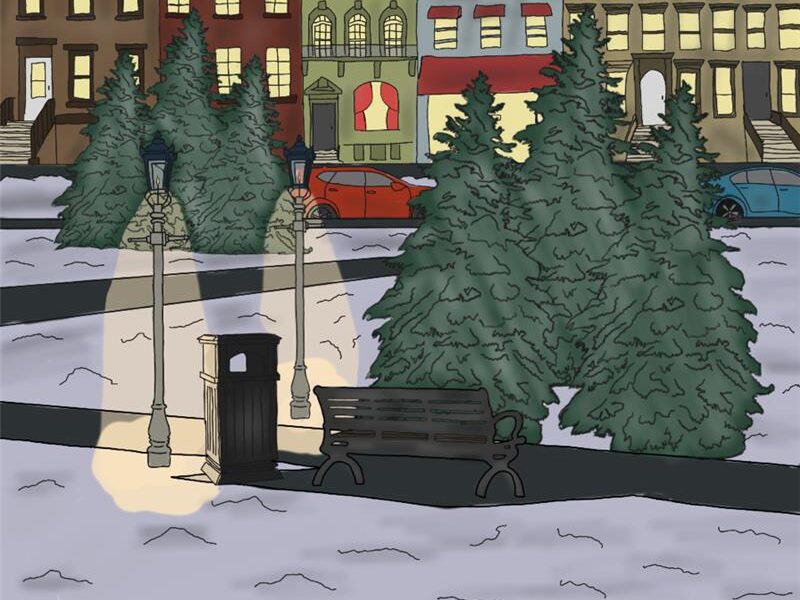Bachir Miloudi / Sputnik Photography
An open, empty notebook.
The door to October is welcomed with falling leaves, crunchy at your feet, brushed with warm browns, reds, oranges and yellows despite the crisp winds pricking your rosy cheeks. Soft knitted scarves and sweaters wrap around you in a familiar embrace. Bright orange pumpkins with dusty stems, short and stout, tall and slim, line every front porch in sight. Straw-stuffed scarecrows are pinned in your neighbour’s yard, where now wilted flowers once bloomed.
When the sun sets and the coral sky begins to fade into a deep blue and black, the pumpkins reveal their jagged carved smiles or frowns and soulless eye sockets. A black and white horror film flickers in a window. Children skip happily, dressed in playful costumes — superheroes, princesses, idols and monsters — ringing doorbells one by one while their parents watch not too far behind.
Halloween, jack-o’-lanterns and trick-or-treating are the highlights of the autumn season for many children, teenagers and adults alike. Growing up Muslim, I have never participated in any events or activities even slightly Halloween-themed, except for my family’s own tradition of making sure all the lights in our house are turned off by the evening to avoid any angry trick-or-treaters when they’re refused candy. Although these holiday norms are commonly known to host mainly innocent haunted and spooky themes, when people are encouraged to scare or “trick” each other, most are not aware of the eerie origins they’re embedded in. These roots are also the reason why I personally don’t celebrate Halloween.
The earliest known basis of this holiday is the ancient Gaelic festival of Samhain on Nov. 1, celebrated the eve before on Oct. 31, as said on History.ca. This is when it was believed the spiritual boundary between the dead and the living blurs and the ghosts of the dead make their way back to earth. This religious pagan ceremony called for people to wear scary costumes to ward off these lost souls and light bonfires to welcome the fall harvest, according to Library of Congress blogs.
Carving jack-o’-lanterns, a fall favourite, originated from the Irish practice of carving turnips to frighten evil spirits. This arose from the 18th-century folktale of a man named Stingy Jack who trapped the Devil and only let him go after he swore Jack would never go to Hell. When Jack died, Heaven rejected his soul and left him aimlessly roaming the earth as a ghost. The Devil then gifted Jack a carved turnip with burning coal inside to help light his way between both realms.
One of the many theories behind trick-or-treating is that the tradition started from the Scottish activity of “guising”, which is visiting people’s houses disguised in fancy dress or masks, and “souling”, which is handing out cakes for All Souls Day on Nov. 2. In the Middle Ages, children and elders would go to neighbouring houses and collect money and food in return for prayers, which slowly shifted to non-religious songs, jokes or “tricks” later on.
Although these origins date back centuries, there are some parallels with how the pagan celebration is observed today. Before you participate in any Halloween festivities this year, keep these occult roots in mind, share them with a friend and most importantly, stay safe.
This article was originally published in print Volume 23, Issue 2 on Thursday, Oct. 5.




